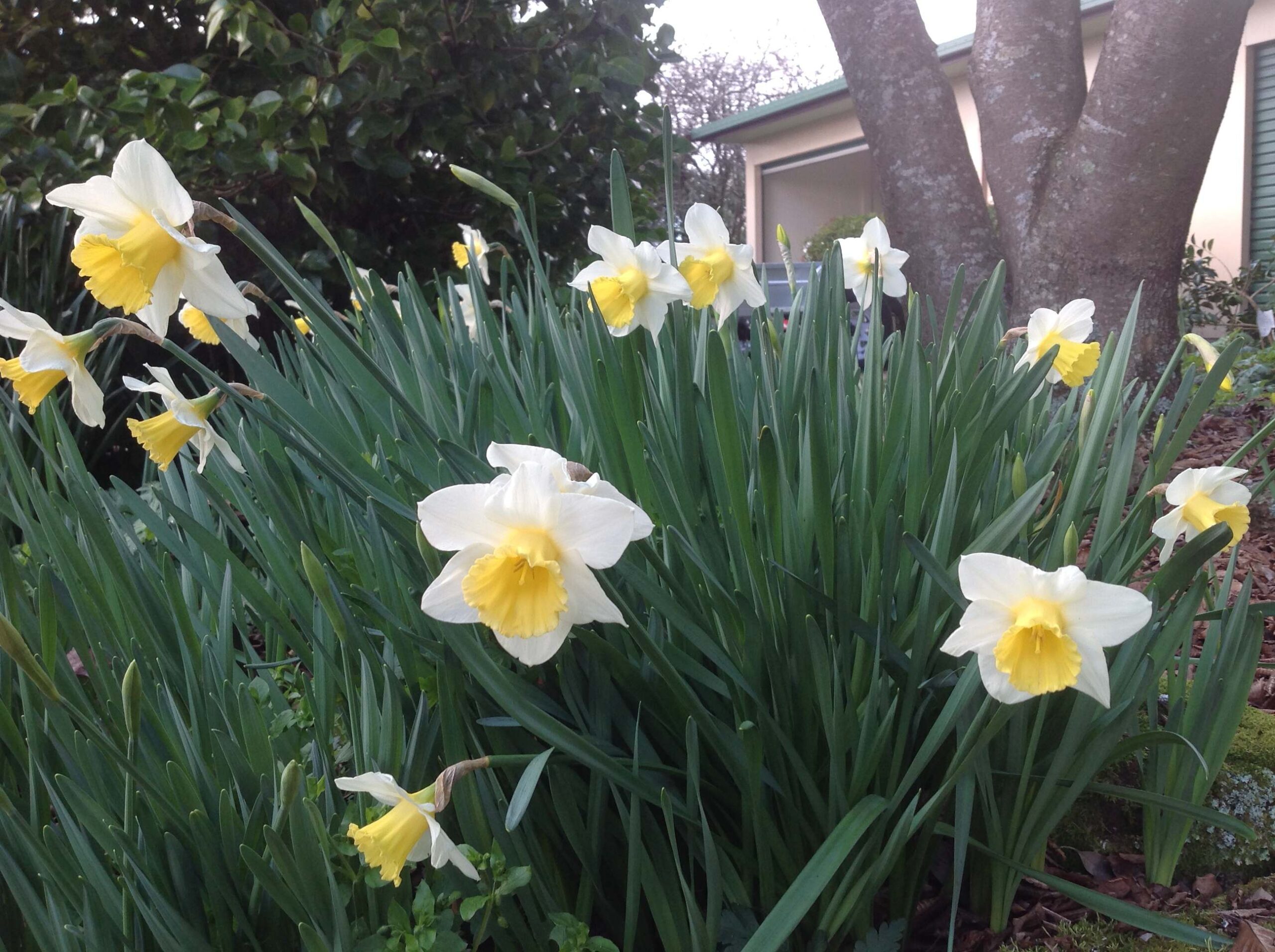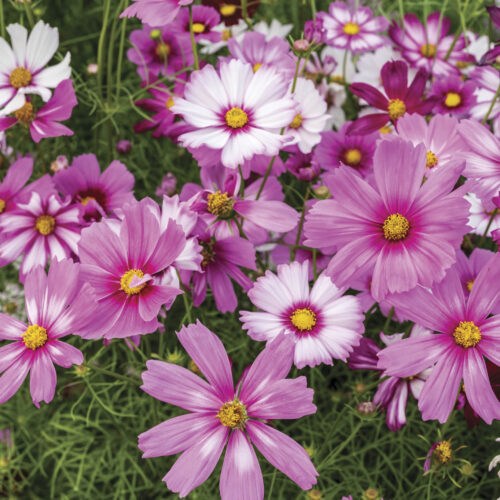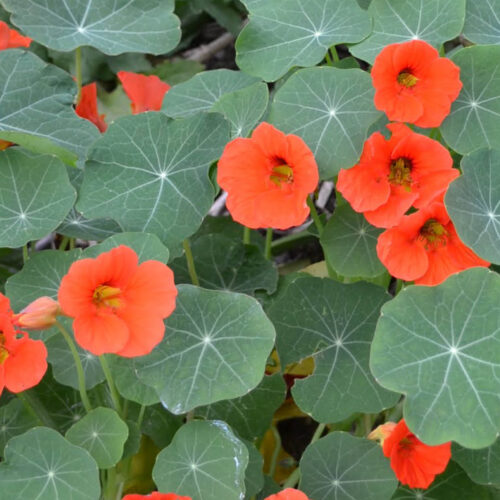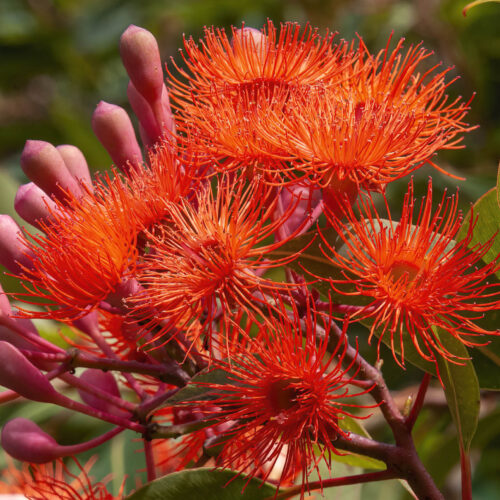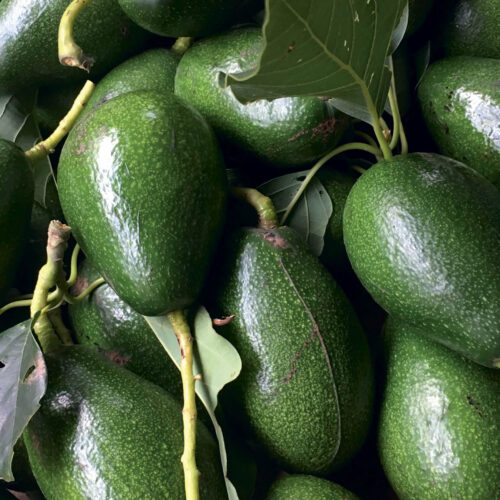Hidden surprises surface in spring
2014-08-29T06:13:05+10:00
The beginning of spring is an exciting time in JENNIFER STACKHOUSE's new cold climate Tassie garden.
I’ve only been living in Tasmania for six weeks, so every day brings surprises in this established garden. While most of the trees and many shrubs are still bare and leafless, the hint of spring weather is revealing hidden gems – from a tree peony that’s popped out a bud from what looked like a dead stick to sprawling branches that are definitely clematis.
In my vegie garden garden, gnarled rhubarb clumps are springing into new leaf while mint, chives, parsley and other tasty treats are appearing in the herb patch. The soft green lawn which has been frosted each morning for weeks is now dotted with lawn daisies.
But it’s the clumps of daffodils, jonquils and narcissus that are really lighting up the garden. With a mixture of early, mid and late flowering varieties there have been flowers since we arrived, but they are reaching a crescendo right now.
Easy growing
Most bulbs are easy going plants. These winter and spring flowerers are also very smart as they grow and flower when conditions are mild then disappear beneath ground when the weather heats up. While choice daffodil varieties do best in cool to mild climates, paperwhite narcissus, yellow jonquils and the highly fragrant ‘Erlicheer’ daffodils grow and flower even in the subtropics.
For fragrant blooms next winter and spring plant the bulbs in clumps in autumn in deep, well-drained soil. Select positions where they’ll get lots of winter and early spring sunshine. In most areas they’ll naturalise and flower year after year but in hot, wet and humid summer areas the bulbs may need to be treated as annuals and replanted each autumn. They can also be grown in pots.
As the flowers fade I remove the spent stems to reduce the energy the plant would expend on forming seeds and then give each clump a bit of well-rotted manure to feed the next year’s growth.

